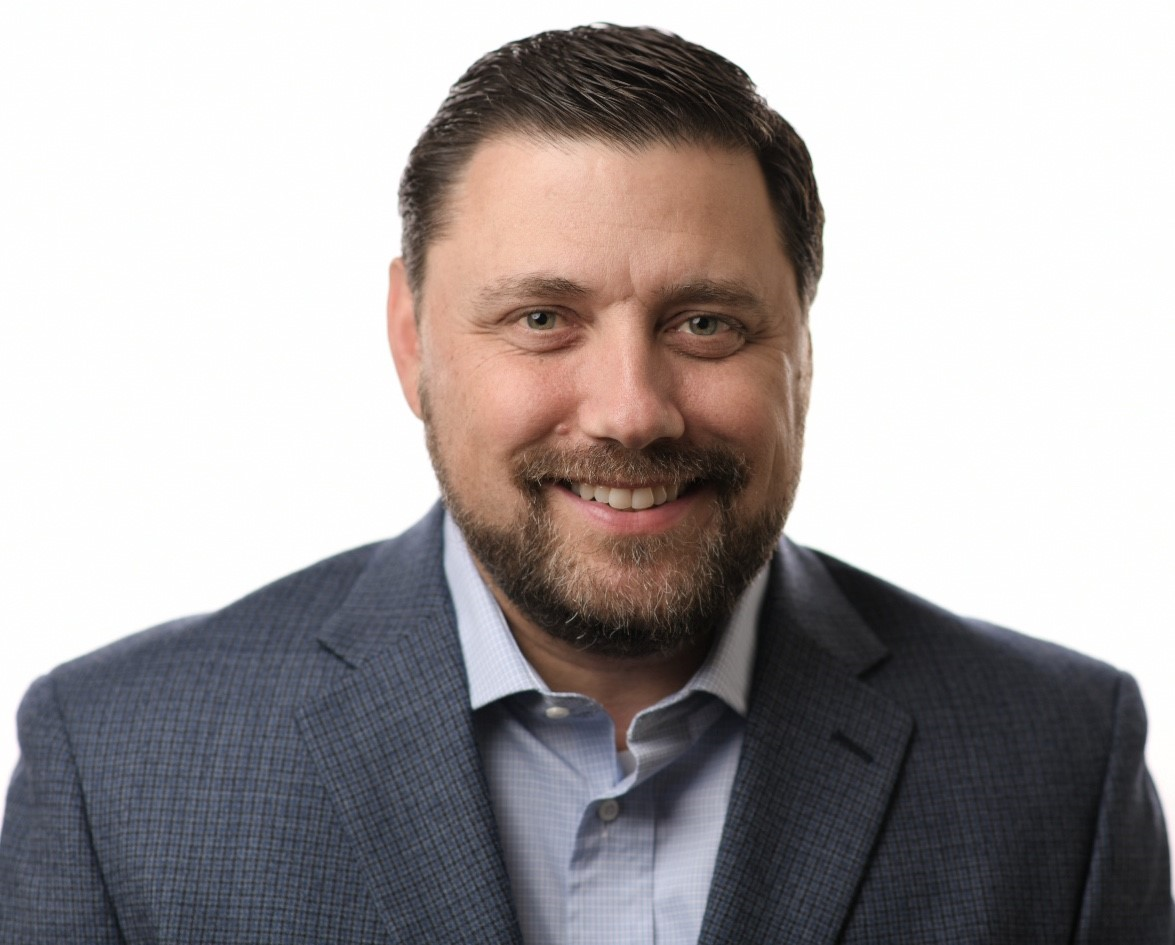Best practice preventive and predictive maintenance programs possess two distinct characteristics. They are effective at identifying failures and they efficiently use resources while doing so. Many programs are not seen as value added to the organization because they fail in one of these two areas of focus. Identifiable failures continue to negatively impact asset performance even though inspections are performed, or the programs consume more resources than they should.
To get out of this downward spiral of poor performance, focus first on becoming effective in your preventive and predictive maintenance strategies. Identify failures that happen on your equipment. This can be done with an FMEA (Failure Modes and Effects Analysis) or a simple analysis of your existing asset failure data. Identifying the detectable failure modes and matching the appropriate detection method with each failure mode are the keys for effective preventive and predictive tasks. The effective portion of a task focuses on what to inspect and how to detect.
Once failure modes have been identified and tasks have been created, the preventive and predictive maintenance programs will be more effective. The next step is to focus on removing the waste from the system to more efficiently utilize resources. By “resources” I am referring to the downtime required to work on assets, labor, and spare parts. To improve efficiency, simply monitor your preventive maintenance or predictive maintenance programs. What tasks are not providing value? Can these task frequencies be extended? Do they need to be preformed at all? Is there a better way to accomplish work for the tasks that require assets to be out of service in order to complete?
Initially the cost of performing tasks could be a bit higher but the failures will start to go away. It is necessary to stop the bleeding that unidentified failures create, and then get better at identifying failures with the correct intervention, at the proper time. If the focus is on cost at the beginning, then failures may go unidentified and the program can continue to be seen as non-value-added.





